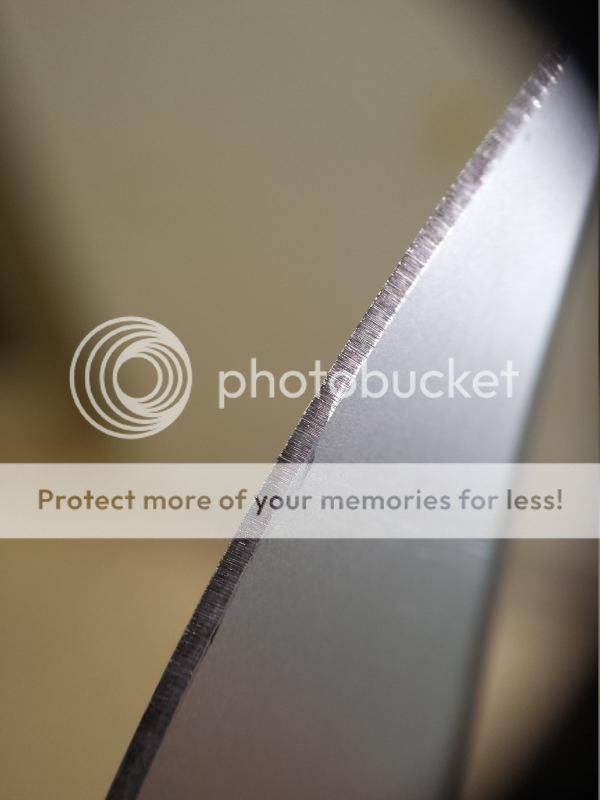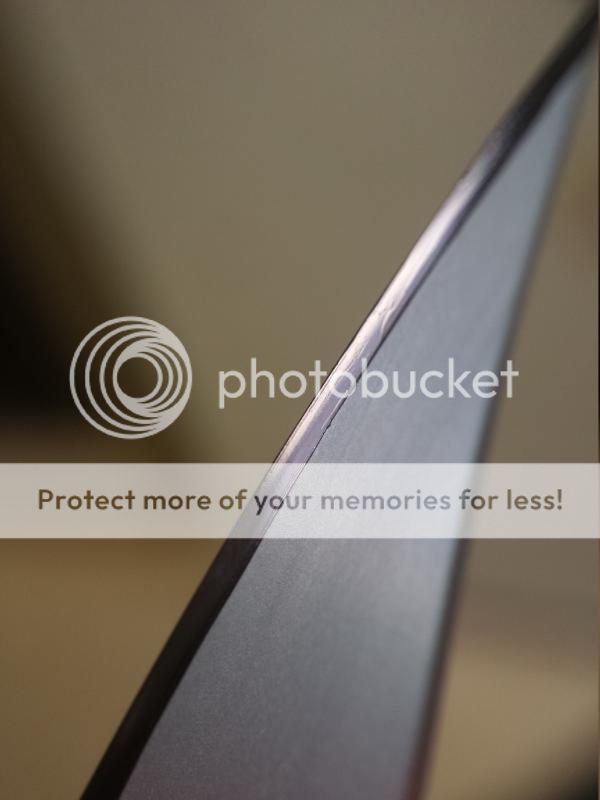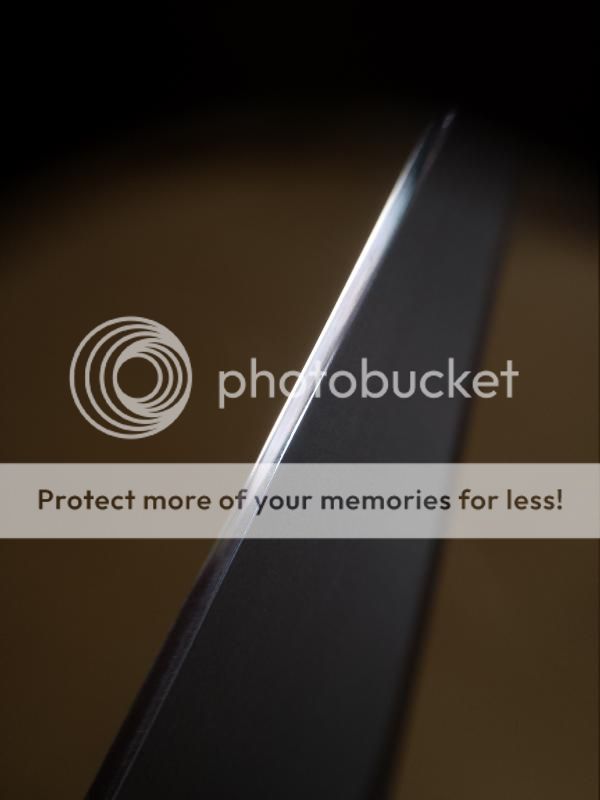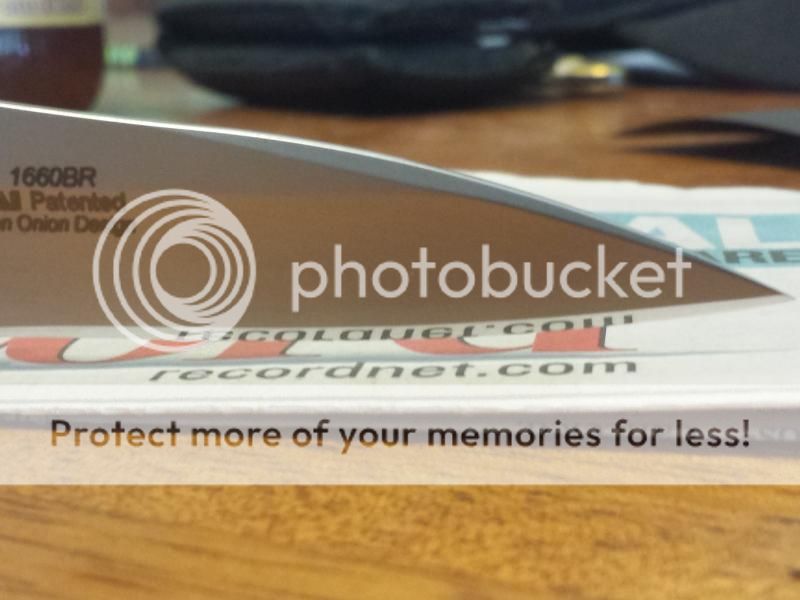Space_Cadet
I don't have a funny description.
I have had this sweet little knife for some time and I always liked it. It came very sharp and it was a pure joy to use. I DID NOT use it to do anything but cut some soft cord or masking tape, open envelopes and such. And even that once in a few weeks or so.
But now it has lost its edge completely, just like that. I am kind of disappointed, seems it doesn't hold its edge at all, and with this kind of overall gentle and infrequent use I did not have a doubt it will stay sharp for a long, long time. Has someone else here had similar experience with this model?
But now it has lost its edge completely, just like that. I am kind of disappointed, seems it doesn't hold its edge at all, and with this kind of overall gentle and infrequent use I did not have a doubt it will stay sharp for a long, long time. Has someone else here had similar experience with this model?






 would be interested to hear your findings on a 12k finish
would be interested to hear your findings on a 12k finish